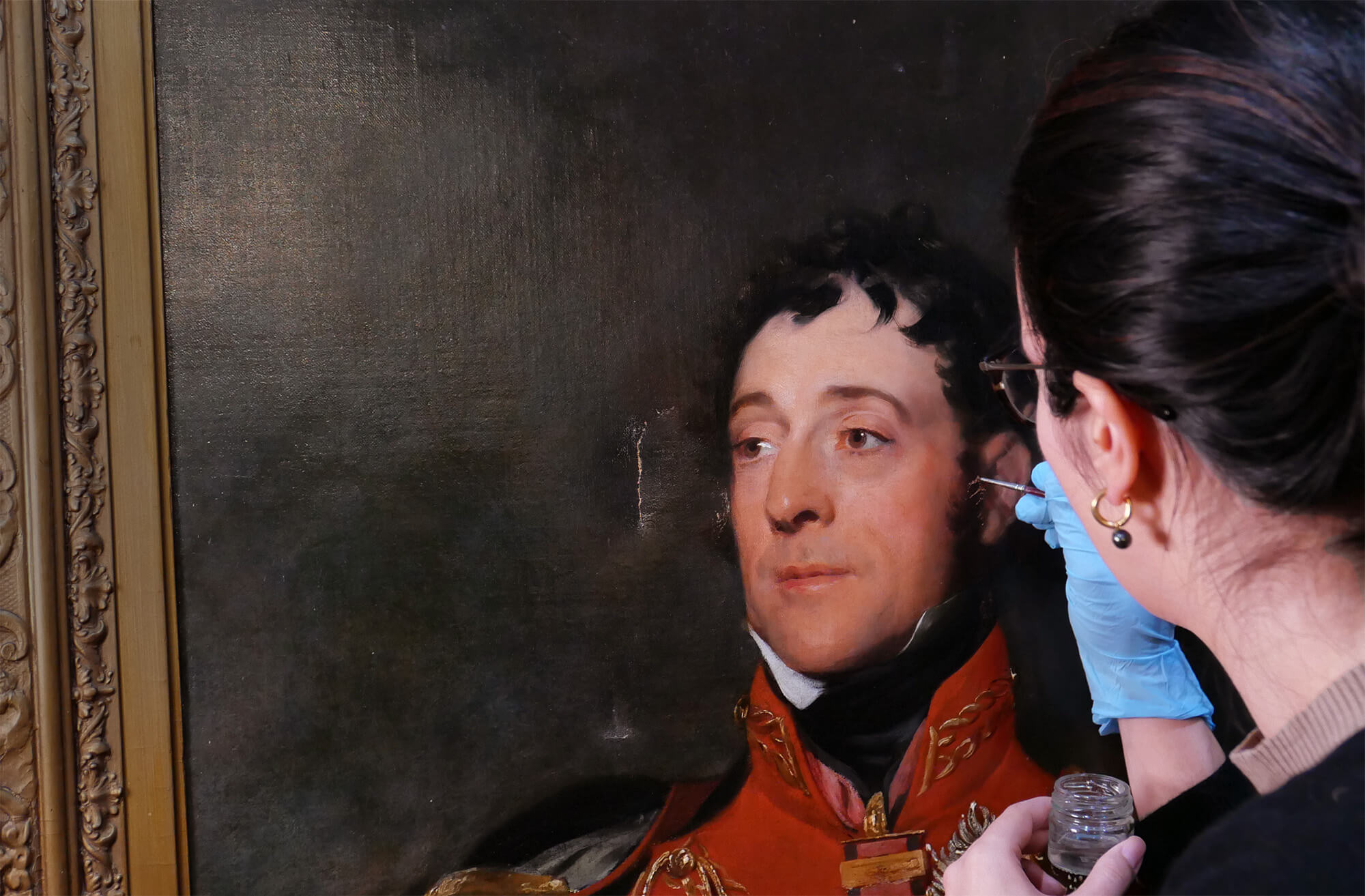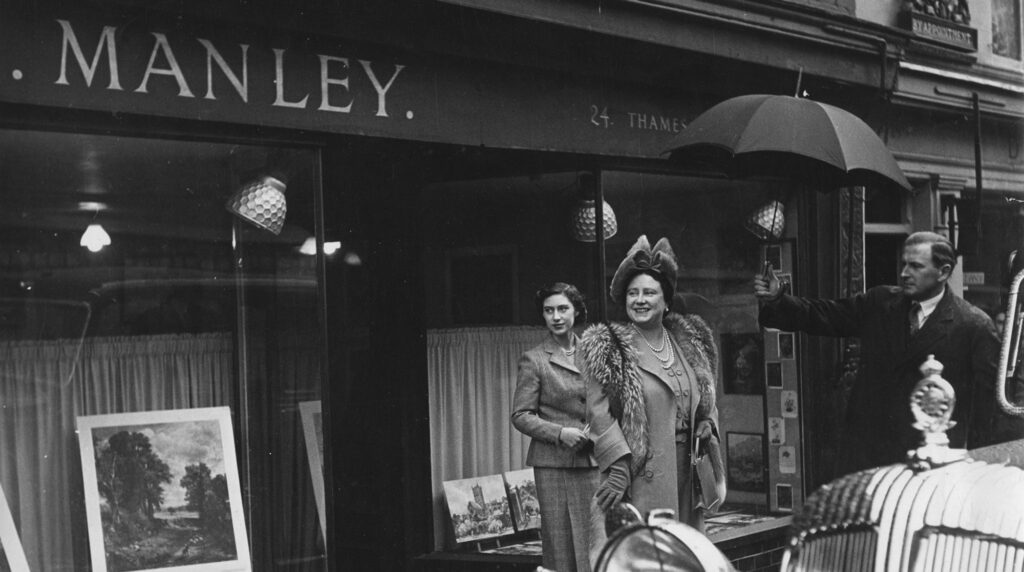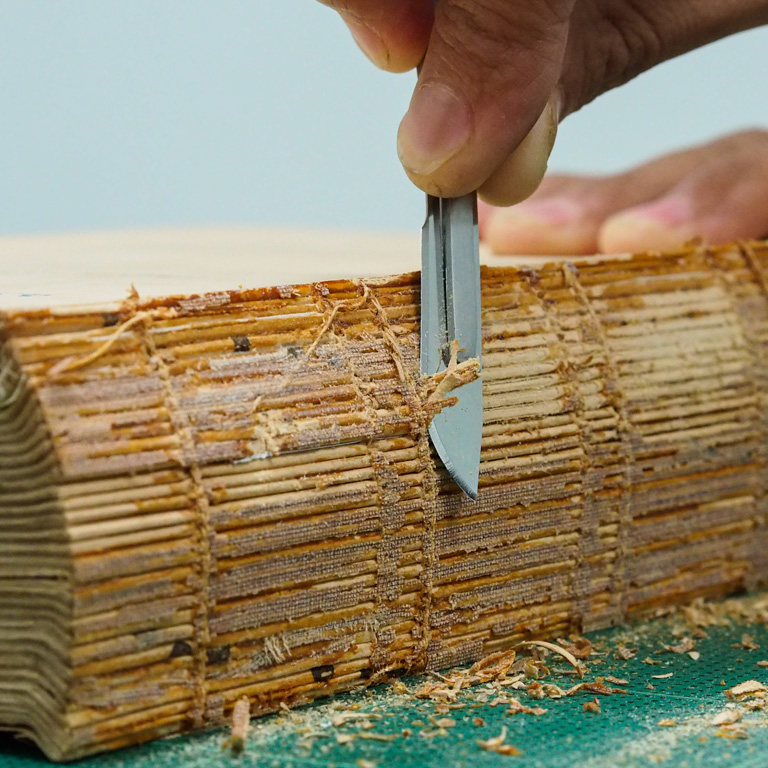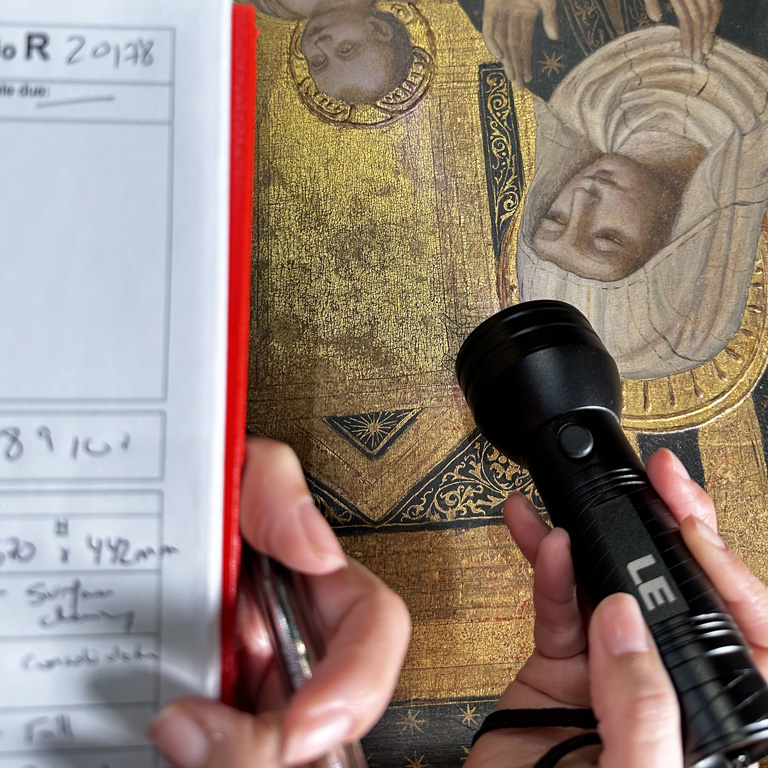
Experience in action
Who we are
Manley is one of the oldest, and most highly respected, art restoration and conservation businesses around. Headquartered in Eton, close to Windsor Castle and the Royal Family, with whom we are proud to boast a long standing relationship, we are a traditional business with a modern approach offering a full and extensive range of services, including framing and consultancy. Clients include private collectors, galleries, auction houses, museums, agents, artists, corporate and national institutions. Our work is wide and varied, ranging from leading artists to private creators and everything else in between.

Princess Elizabeth II and Queen Elizabeth, The Queen Mother leaving Manley Gallery, 24 Thames Street, Windsor. (Image courtesy of Malcolm Leach, Manley Gallery owner).
Our restoration and conservation services
Getting started
Sandra Rodriguez de Paula, Manley Restoration owner
 Q. “I have an object needing restoration, where do I begin?”
Q. “I have an object needing restoration, where do I begin?”
A. Either by visiting our Gallery in Eton with your object*, sending us an email or by using our contact form (you can even attach some photos of your object), the details of which you will find on the Contact page. We follow a four stage process:
- Quotation: We will let you know what is possible and how long it might take, and provide a written estimate.
- Execution: We will assign the appropriate experience and team skills, along with a project leader.
- Monitoring and Control: The project leader will report on progress to you from start to finish.
- Closure: A post-project review will be conducted in person to evaluate the work done, including Condition Reports or Treatment Reports.
*An “object” can be an artwork, painting, frame, print, photograph, sculpture, or historical artefact.
Frequently asked questions
- We will discuss your project and provide you with a written estimate including approximate timeline and appropriate treatment recommendation.
- Where required, we can provide a pre, in-depth examination report prior to any conservation treatment which can include UV light photography if needed.
- Once you have approved the estimate, we will commence work either in our studio, or on-site (client premises). Work progress updates will also be provided if needed.
- Finally, and if pre agreed, a full treatment report with images of the process stages can be provided to you via email.
The role of conservation is to preserve the artifact in its current condition, working under the principle of minimal intervention. Restoration is concerned with bringing objects closer to a known or assumed original condition.
Each treatment is tailored to its needs, requiring different specialists at various stages. The estimate will include an approximate timeline, with updates given if needed.
First, and to record the damage, take photographs and contact your insurance company or trusted conservator. The longer the tear stays in the painting the more difficult will it be to repair it. With time, textile memory is lost, the canvas expands and contracts and adopts new shapes.
First, and to record the damage, take photographs and contact your insurance company or trusted conservator. Depending on the painting’s degree of exposure to the fire, the treatment varies from surface cleaning to stabilisation and removing soot deposits, plus deodorisation. The goal of the treatment is to stabilise chemically the painting and avoid soot acidic deposits from getting embedded on the painting surface.
If your paper artwork has white spots or mould like colonies, it probably does have mould. The good news is that most of the time we can effectively treat this. Foxing (foxing is an informal term used by conservators to describe yellow, black and reddish-brown spots in paper) tends to have sepia to black tones and has no fluffiness unless it is combined with mould, which can also be treated.
If you are bringing in the object, we will gladly provide you with some tried and trusted packaging methodologies on how to proceed safely. If you are unable to bring in the object, you should engage the services of a professional art handling company (we can provide the names of various credible and trusted carriers who we’ve worked with over the years, if needed).
Surface cleaning in our estimates refers to dry cleaning, namely, cleaning with smoke sponges, conservation brushes or hoovers. And when we want to refer to the removal of targeted surface layers, such as surface grime, cigarette/cigar nicotine or other superficial layers, we describe it as cleaning with pH modified solutions or gel cleaning. Deionised water solutions might include surfactants, chelators, and gelling agents in order to solve the problem.
Varnishes serve multiple purposes in the conservation of paintings, including enhancing colours, protecting the paint layers from dust and environmental pollutants, and providing a uniform surface. However, as varnishes age, they can undergo chemical changes and accumulate dirt, grime, and yellowing, affecting the overall appearance of the painting.










